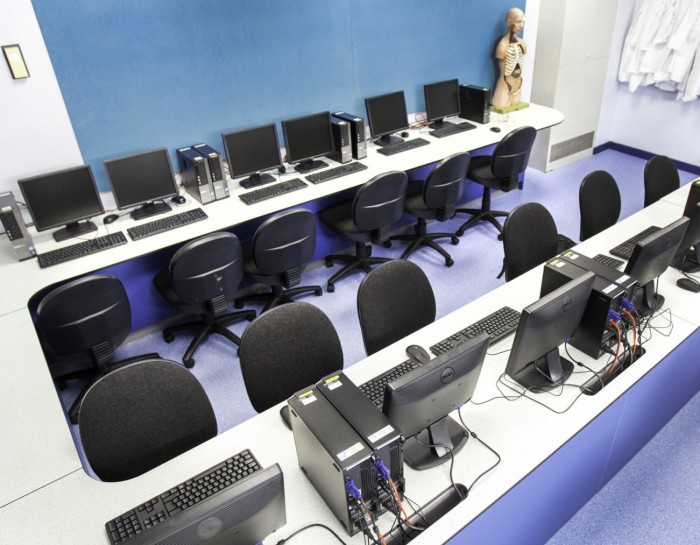Classroom Design is a big deal to female students studying Computer Science
Could female students be put off studying computer science due to the appearance of a classroom? A recent report from the US, Stereotypes Undermine Girls’ Interest and Sense of Belonging in Computer Science, suggests that this could be the case.
The study has shown that simple changes to the design of ICT classrooms could attract far more female students to the subject.
The research examines 270 students across two high schools with very different computer science environments. Firstly, the students were asked, via a questionnaire, about their interest in computer science and whether they felt that they “belonged” in these classrooms. The results show that many female students didn’t feel comfortable with the design of the classrooms and that this had an impact on whether they wanted to study the subject.
We know that perhaps more than any other group, teenagers are affected by perceived stereotypes. It would seem that the “geeky” connotations of the school computer whizz could be influencing a generation of young women not to study computer-orientated subjects.

Post-doctoral researcher, Allison Master, who led the study explained: “Our findings show that classroom design matters. It can transmit stereotypes to high school students about who belongs, and who doesn’t, in computer science. Inaccurate negative stereotypes make girls feel they don’t fit with computer science. [Redecorating computer science classrooms] reveals a new way to draw girls into STEM courses.”

A second part of the study was conducted which introduced the 270 students to two different computer science classrooms. The first classroom was decorated with stereotypically geeky features such as science fiction books and posters, whilst the other was filled with art and nature posters, general-interest magazines and plants.
While the male students were more or less indifferent to the two classrooms – 68% of female students chose the second classroom, revealing they were three times more likely to sign up for a computer science class if taught in such an environment.
Master was encouraged by the fact that the second classroom appealed to the female students without negatively affecting the male students: “It’s nice that the less-geeky room gained so many girls but didn’t lose any of the boys. They should make sure that the classrooms avoid stereotypes and communicate to students that everyone is welcome and belongs.”


